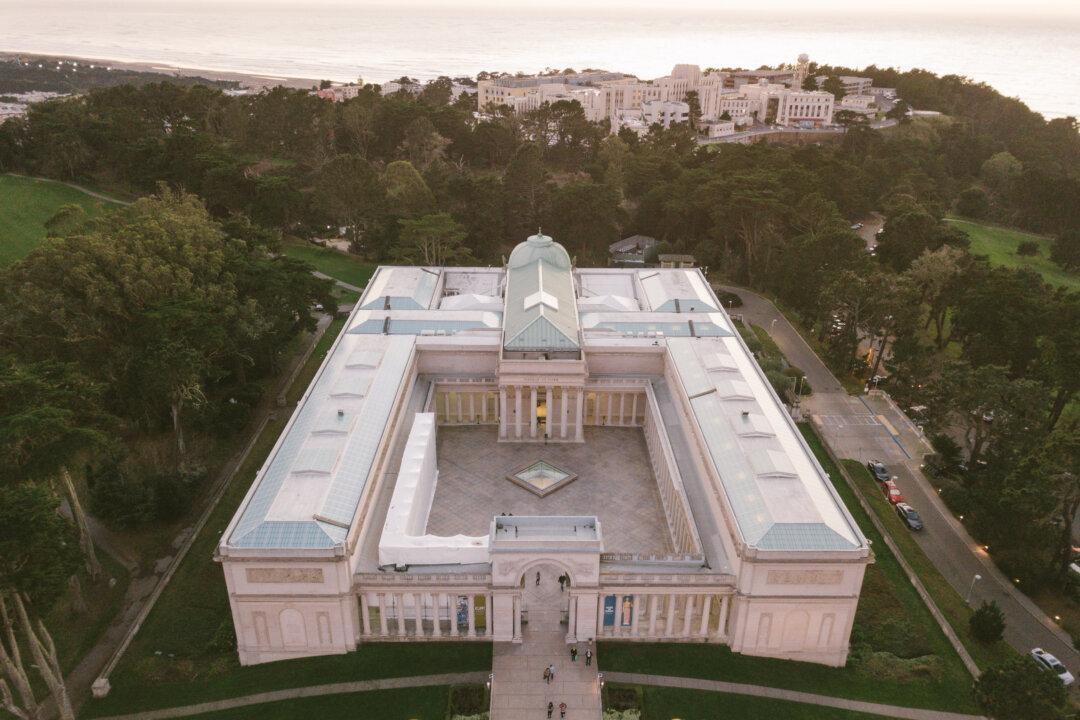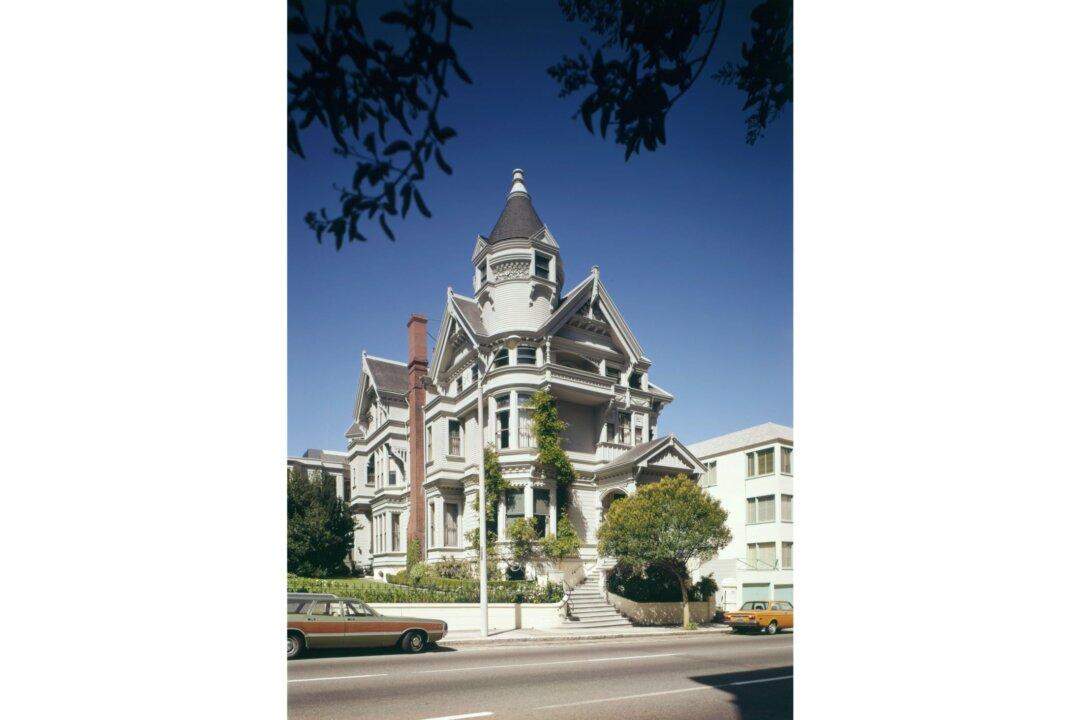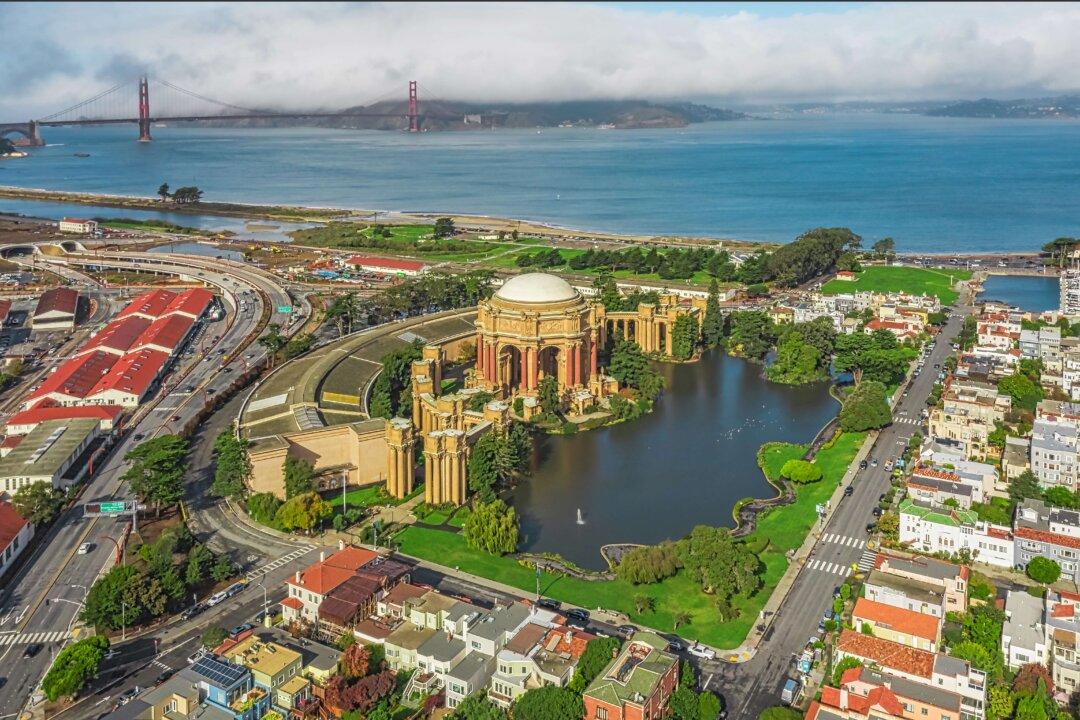The Palace of the Legion of Honor is located in Lincoln Park, at the northwestern corner of the San Francisco Peninsula, with some of the best views of the San Francisco Bay and the Golden Gate Bridge anywhere in the city.
The Palace of the Legion of Honor was the vision of Alma Spreckels, a philanthropist and socialite in the early 1900s. The Panama–Pacific International Exposition opened in San Francisco in 1915. Alma was so taken by a replica of the Palais de la Légion d’Honneur at the fair that she commissioned architect George Applegarth to create an exact copy of the Palais to be built on a bluff overlooking San Francisco Bay. The Legion of Honor would be a museum and memorial to honor San Franciscans who had been lost in World War I and then World War II.





